In Quest Of: Middle-earth in New Zealand
Sign up now: Get ST's newsletters delivered to your inbox
The Lord Of The Rings fantasy trilogy has been a huge draw for tourists in New Zealand.
Denise Lim
Follow topic:
If an elf were to appear now and draw her bow, I might not be startled.
Sunlight is trickling through the wispy foliage of ancient beech trees, and the woods are bathed in a mystical glow. I imagine it is the perfect setting for an elven realm.
Someone taps my shoulder. I am handed a cloak of rough-hewn woolly texture.
Could it be? The cloak of Lorien - the elven cloak, given to each member of The Fellowship Of The Ring?
Happily - and geekily - I drape the grey cloak over my shoulders, feeling regal and elegant already.
I am about to assume the aura of a graceful noble elf, but my guide hands me a small leaf-blade dagger - the type Frodo Baggins would use. Oh, I suppose I am a hobbit then.
I valiantly cross swords with others in my travel group within the forests of Paradise - the film location for Lothlorien, which is the woods ruled by Lady Galadriel - as part of a Lord Of The Rings experience.
We choreograph fight sequences and vault over fallen logs, howling with laughter, knowing full well that we imagine ourselves to be ethereal, but look really, really dorky.
Over two decades have passed since the movie premiere of The Fellowship Of The Ring, and fandom is still going strong in some quarters.
In December 2021, Middle-earth fans around the world celebrated the 20th anniversary since the premiere of the first The Lord Of The Rings movie.
The fantasy trilogy - which includes The Two Towers (2002) and The Return Of The King (2003) is possibly still the best tourism advertisement New Zealand has seen.
Within five years of The Fellowship Of The Ring (2001), visitor numbers rose by 26 per cent.
New Zealand continued to win traveller mindshare thereafter, drawing tourists with its breathtaking scenery and wholesome appeal.
Till today, nearly one in five visitors still cites the Rings film as the reason for inspiring a visit to the country, according to the latest data by Tourism New Zealand.
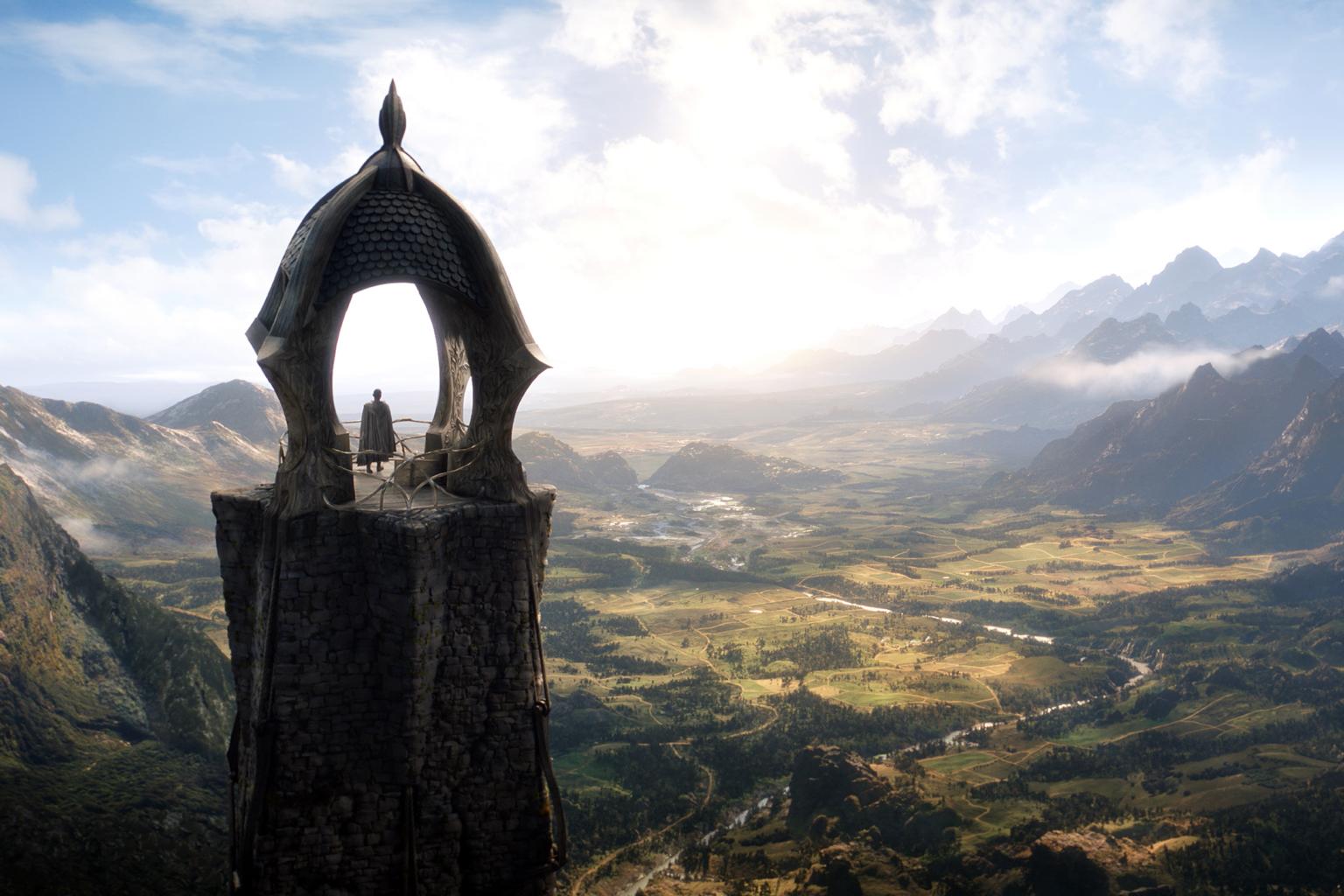
Return of the rings
In 12 days, the spotlight will shine on Middle-earth again.
The Lord Of The Rings: The Rings Of Power will debut on Amazon's Prime Video on Sept 2.
The series, developed by showrunners Patrick McKay and JD Payne, is already making waves for costing Amazon an eye-watering US$465 million (S$641 million) for its first season.
It draws inspiration from the appendices of The Lord Of The Rings books by J.R.R. Tolkien. (Amazon honcho Jeff Bezos is apparently a Tolkien aficionado.)
Five seasons are slated to cost Amazon a staggering US$1 billion, setting a record for the most expensive television series in history.
The new series is set in the Second Age of Middle-earth. For those who cannot tell Gollums from Gandalfs, that is thousands of years before Bilbo or Frodo Baggins encounter any oppressive ring.
Commencing in a somewhat peaceful era, the show traces an ensemble of characters - both new and familiar - as they confront the ominous return of a long-dormant evil to Middle-earth.
Galadriel and Rivendell's Lord Elrond, both in their younger selves, will feature in the series.
Hobbits, ever the fan favourites, did not yet exist in the Second Age, but their nomadic ancestors, the Harfoots, complete with furry feet and small stature, will appear in the show.
The prequel weaves together multiple storylines, following the rise of the dark lord Sauron and events that give The Lord Of The Rings its name.
The first season of The Rings Of Power was filmed in New Zealand, as with the blockbuster movies. Production of the second season has shifted to the United Kingdom.
The once-glorious dwarven mines of Khazad-dum (or Moria) of the Misty Mountains and enthralling forests of coastal elf-capital Lindon will be showcased, as will the opulent island of Numenor - home to the greatest human civilisation in Middle-earth.
This marks the first time the coastlines of Middle-earth will be featured on screen. It will be fascinating to see how the rugged, windswept shorelines in New Zealand have been used to bring to life never-seen-before Middle-earth geographies.
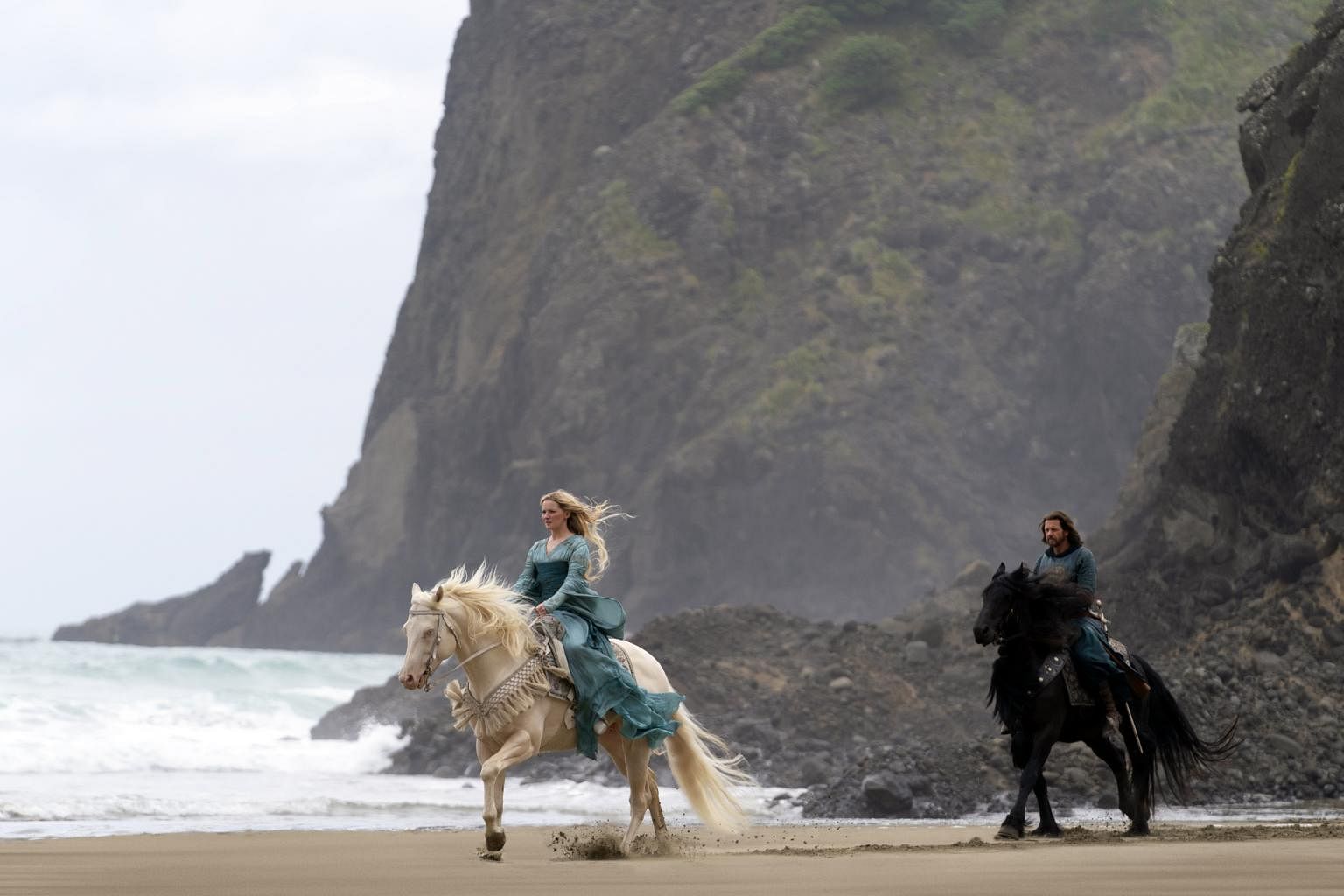
Hopefully, the unspoilt, majestic New Zealand landscapes will be splendidly showcased in the series, coupled with practical effects using sets and real-world scale models to create grand kingdoms as with the original Rings films.
Officials were tight-lipped on film locations during my trip, but word on the ground suggested New Zealand's Hauraki Gulf, Coromandel Peninsula, Mount Kidd in Fjordland, as well as the black beaches near Auckland, as possible film sites for the first season.
If New Zealand's scenery is portrayed well - assuming the series is not a dud and involves a strong plot - will there be a renewed wave of interest in New Zealand's scenic magic? Will the production also spawn a new generation of fans of the Rings movies and Tolkien readers?
Journey to Middle-earth
There is no better time than now to plan a visit to Middle-earth, especially when the floods recede.
I stay up on my nine-hour-and-45-minute international flight to rewatch for the umpteenth time The Return Of The King, then The Hobbit (2012), to the amusement of another journalist beside me.
Along the way, I meet New Zealanders who fondly recount their experiences as extras in the Middle-earth movies, including The Hobbit trilogy (2012 to 2014).
There is a sense of camaraderie and pride, attesting to how the epic movies were beloved national projects.
Mark, a local in my travel group, was cast as an elf extra in The Hobbit after an audition in Wellington. Extras had to attend a form of elf camp, complete with movement classes to master elf deportment.
He is 1.85m tall with a lithe, athletic frame, and I can see him as an elf. But someone in our group wonders for a moment if he is joking.
"You know," our tour driver Kristi remarks, "if a New Zealander tells you he was an elf in the movies, he likely was an elf in the movies."
"I was an orc," she adds.
Later, a guide at Hobbiton regales us with an anecdote of how the soundscape in the battle scenes - between the fearsome Uruk-hai and the Rohirrim - from The Two Towers was generated.
During a New Zealand-England cricket match in Wellington, Peter Jackson, director of the movies, had run onto the pitch during the break with a microphone in hand.
"Peter Jackson then led the rowdy spectators to growl, howl, stomp and roar from the stands," our guide says.
This, then, was really a set of films made by a nation of people.
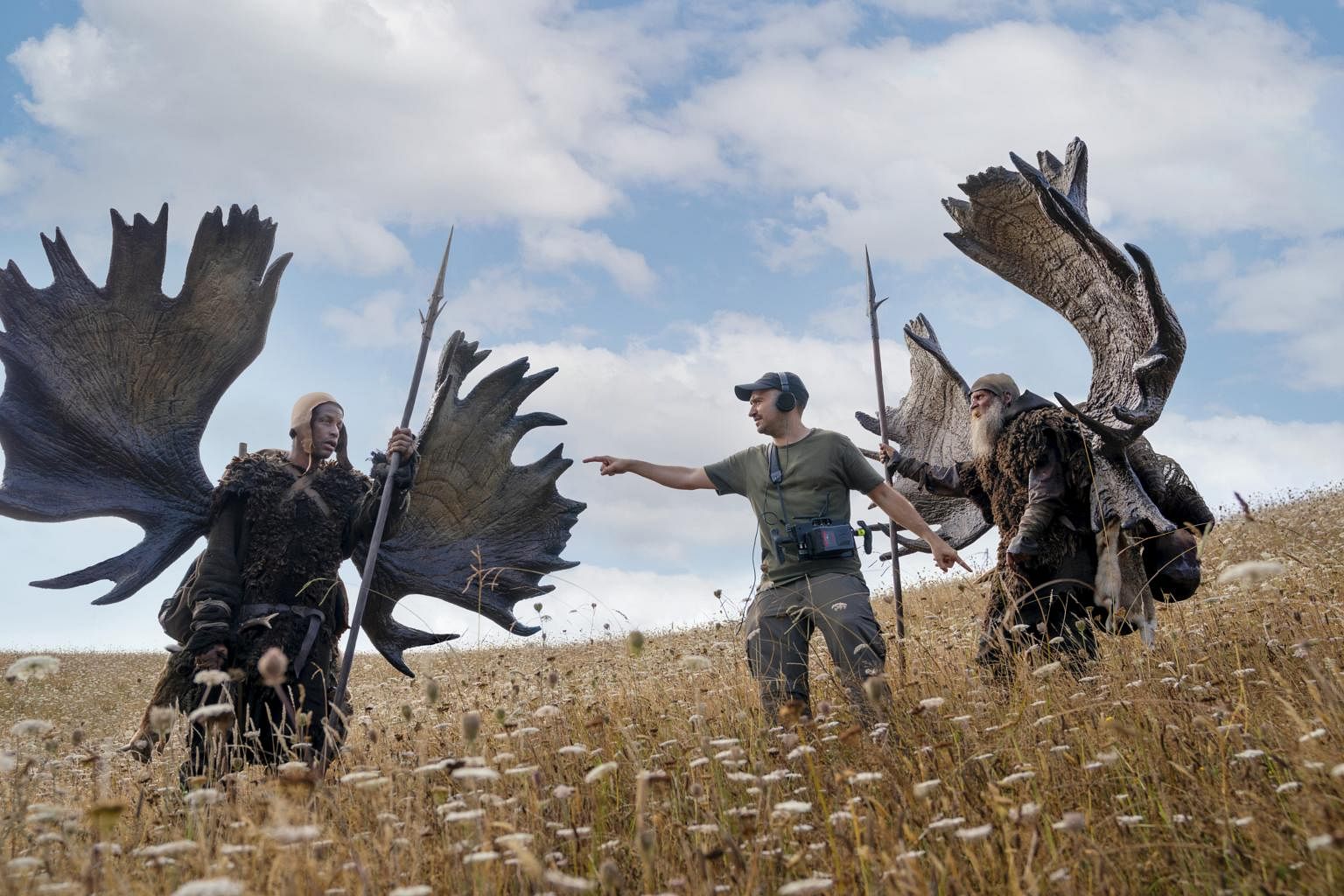
Perhaps it is precisely this Kiwi manner - the roll-up-their-sleeves demeanour, warmth and hospitality - that helped mark the productions with such a moving, distinctive flavour.
And it is probably also the same thing, coupled with those astonishing landscapes, that is still inspiring trip bookings from around the world.
Middle-earth tours
Travellers can explore various The Lord Of The Rings film locations in New Zealand, with options to suit different travel styles and budgets. These range from self-guided walks to helicopter tours offering panoramic views of film locations.
Here are three Middle-earth tours I experienced.
1. Lord Of The Rings tour in Glenorchy, South Island
I embark on a four-wheel-drive tour with Nomad Safaris to visit major film locations in Glenorchy, just 45 minutes from Queenstown.
I can see why Glenorchy, nestled on the northern shores of Lake Wakatipu and set against native beech forests and craggy peaks, is a choice spot for showcasing Middle-earth magic.

Pulling up along Sunshine Bay along Lake Wakatipu, our guide points out a hill, Deer Park Heights, positioned in front of the Remarkables mountain range.
Here, Jackson filmed multiple scenes - wizard Gandalf riding towards Gondor, refugees of Rohan fleeing for Helm's Deep and ranger Aragorn plummeting over a cliff after battling a Warg.
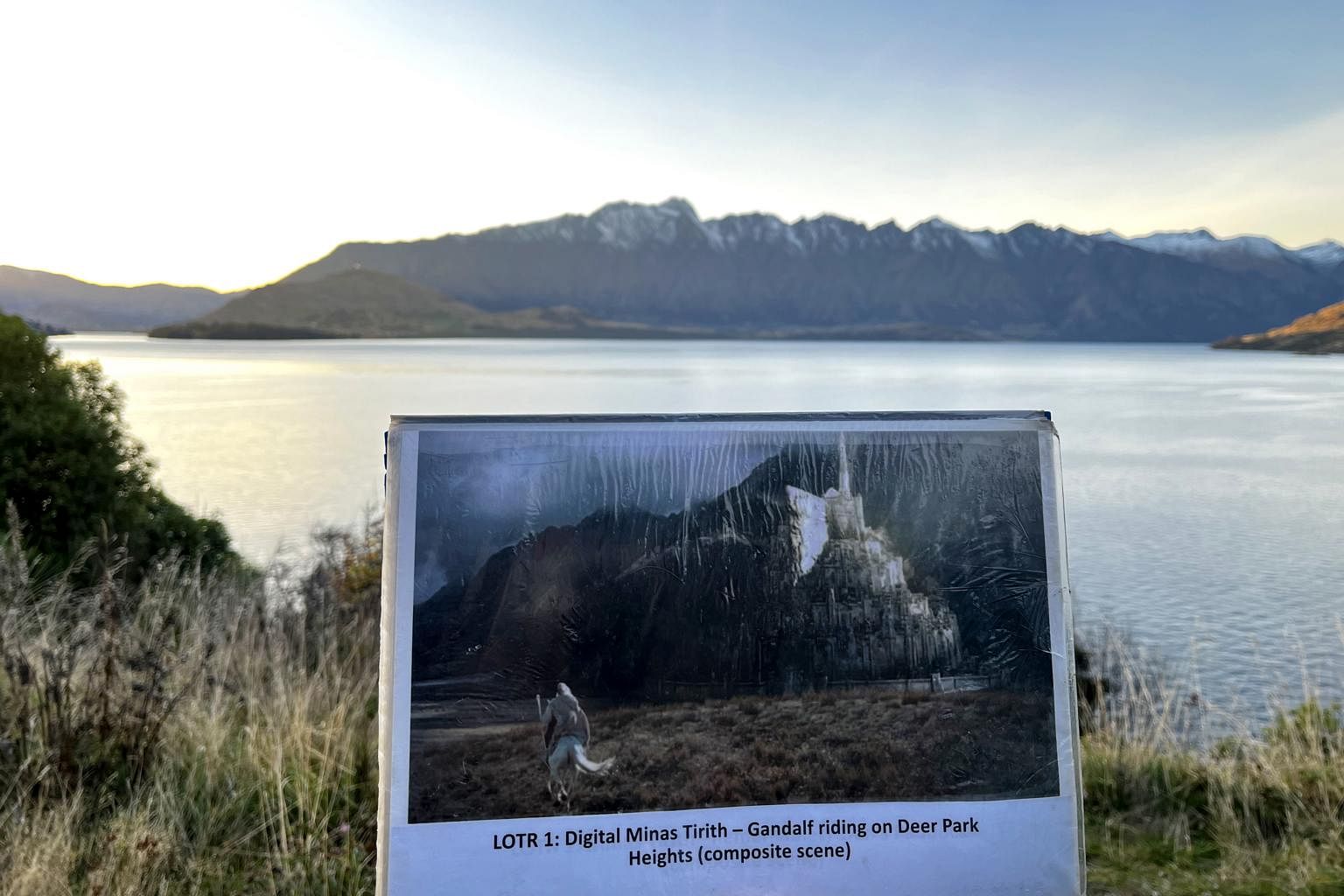
Glenorchy was also selected as a film location for The Hobbit: The Desolation Of Smaug (2013), The Chronicles Of Narnia: Prince Caspian (2008) and X-Men Origins: Wolverine (2009).
We drive along the turquoise braided Dart River and arrive at a tranquil stretch of bucolic farm land - Paradise, quite literally. Some say Paradise, framed by spectacular mountain ranges, was named for its striking beauty, while others claim it was named after paradise ducks in the region.
In the distance, we see a valley where paddocks and mountains meet, used as the proxy for Isengard. We view the glacier-draped Mount Earnslaw, which in the trilogy depicted Caradhras - where the Fellowship encountered a fierce blizzard - one of the mighty peaks of the ominous Misty Mountains.
Open paddocks and river flats give way to beech forests. We step onto the edge of the Paradise forest, where we prepare for tea.
Our guides pull out "elven cloaks", much to our delight, and it is here we waste no time in photographing our elven poses and antics. "This will be fun even for kids," someone comments.

2. Weta Workshop Unleashed, Auckland, North Island
This is a brand-new fantastical attraction in the Skycity complex, which also houses the new All Blacks Experience.
Towering trolls guard the entrance to the Weta cave, a gift shop selling Rings and The Hobbit paraphernalia. Statues of a trout-grasping Gollum creature and Smaug the dragon are situated by the counter.
Yet Weta Workshop Unleashed does not feature scenes from the Rings movies and The Hobbit. It does, however, showcase the film effects magic the Oscar-winning studio used to bring to life the trilogy - as well as other hits like Avatar (2009) and Dune (2021).
Weta Workshop Unleashed is designed for tourists. In a 90-minute tour, visitors explore how three specially created original (but imaginary) films from different genres - horror, sci-fi and fantasy - are made.
I walk through a storeroom where a yeti peeks out from a crate. Prosthetic arms and legs, complete with bulging veins and hair pores, poke out strategically from boxes. Jeff, a security guard in the form of an orc-like animatronic, greets my group.
In the horror workshop section, we can freely manipulate exhibits, complete with fake blood and gore. I tend to an alien creature that requires its innards removed on an autopsy table, while others sit in make-up chairs that transform their digital reflections into orc-like characters.
I walk apprehensively through a 10-second horror maze that mimics a slaughterhouse with hanging carcasses. (Public service announcement: Children and claustrophobic folk can skip this maze.)
Stepping through a curtain, I enter the second fantastical world that showcases a magnificent castle and a river, set against the evolving hues of dawn. This section - probably of most interest to fans of Middle-earth - showcases scripting, storyboarding and "bigatures", or "big miniature", models.
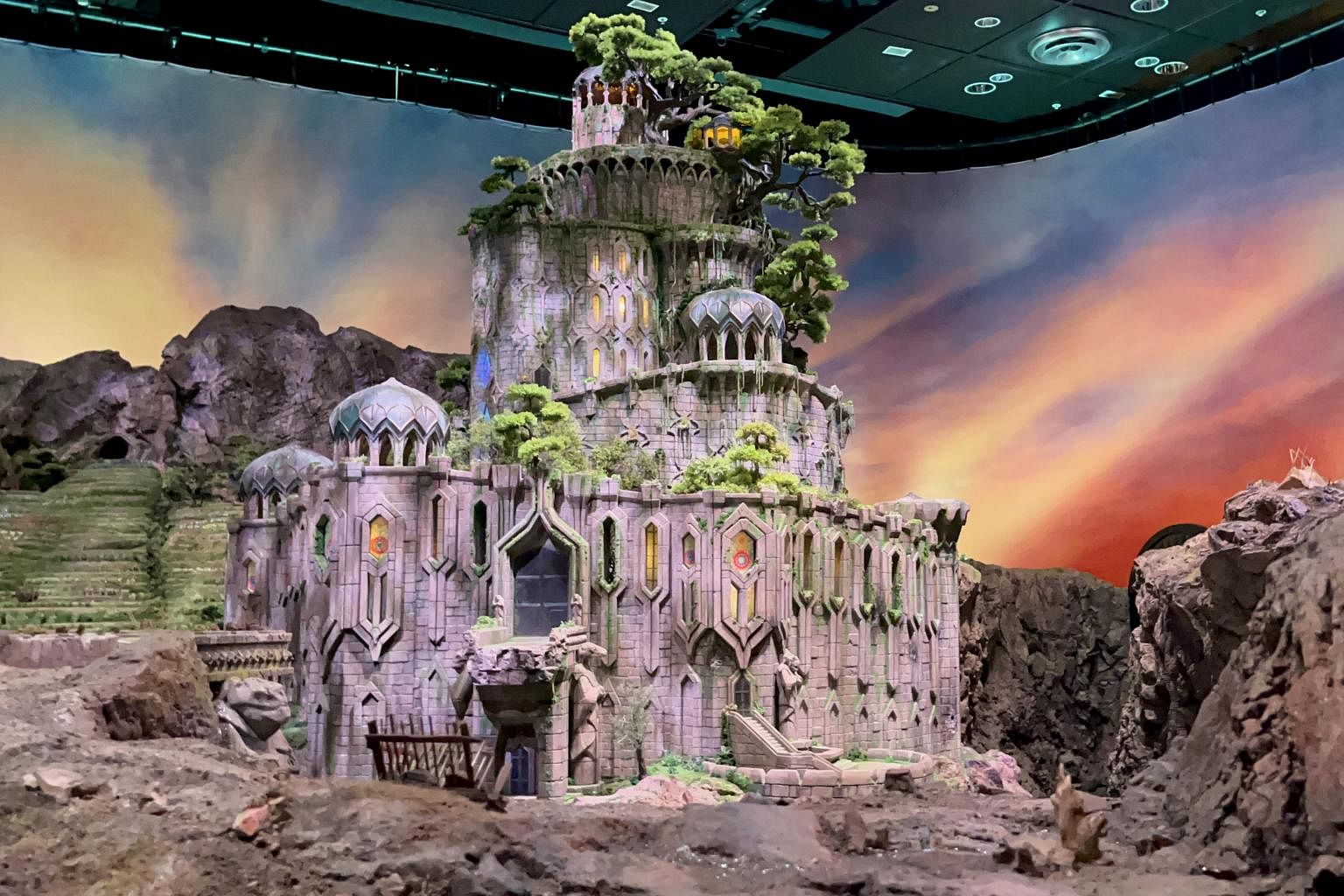
To help create some locations - such as Minas Tirith, the city of Gondor - Weta Workshop had masterfully used bigatures and digital technology to composite scenes.
The final section culminates in a surreal exchange between a colossal robot and UFO, before a humorous credits video encourages visitors to unleash their creative juices.
3. Hobbiton, Matamata, North Island
It is not difficult to see why Jackson chose this spot.
Gentle rolling hills with lush green pastures, hedgerows and paddocks, magnificent pine trees and serene ponds - these features converge to embody Hobbiton. This is the Shire.
I am amazed by the meticulous details at the Hobbiton - from petite Hobbit laundry strung on clotheslines, to loaves of bread and pots of honey for sale on patios, to actual vegetables growing in the garden.
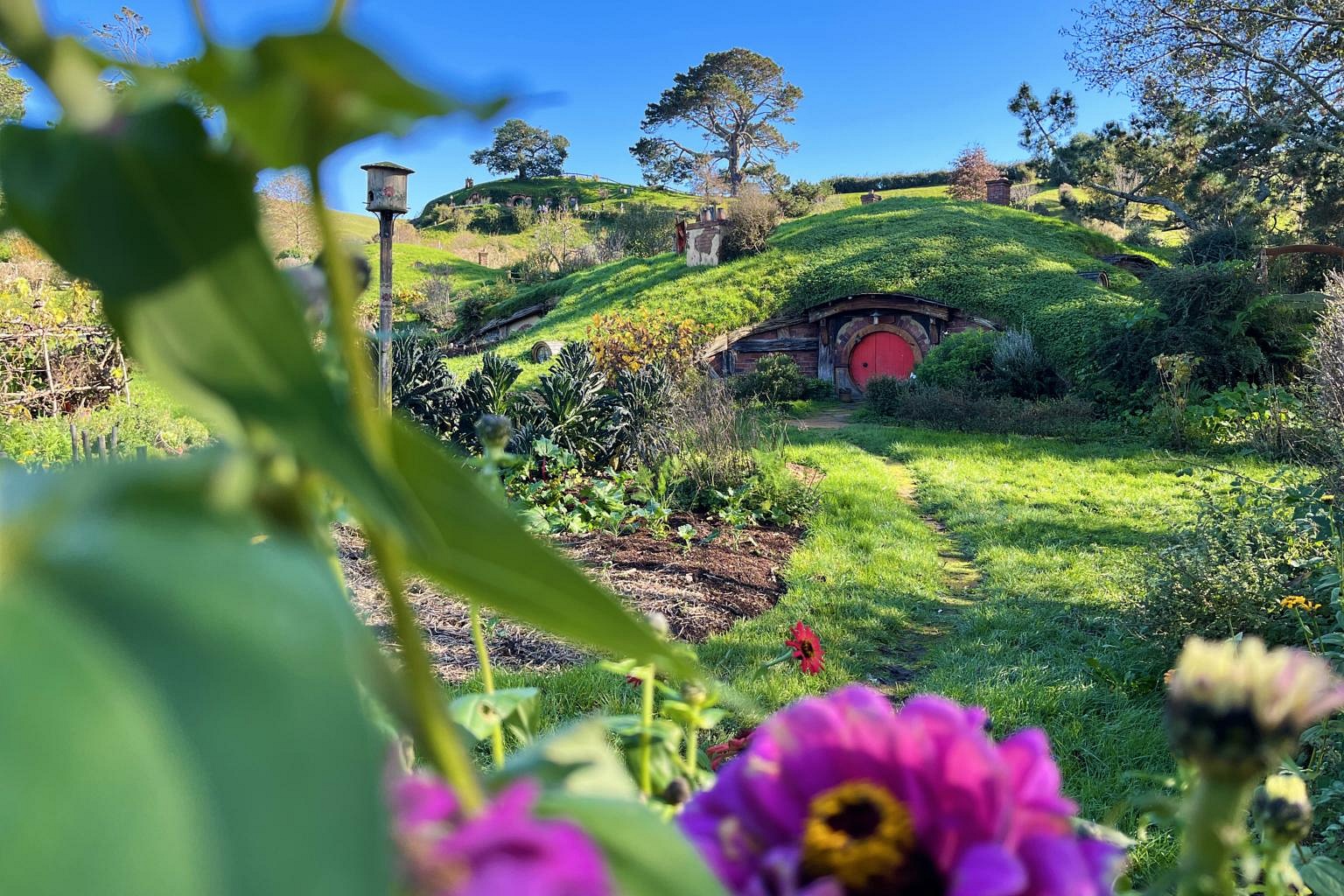
Past the picket fence - major geek alert - I am chosen by my guide to run along the stone-lined path, just like Bilbo in The Hobbit: An Unexpected Journey (2012), shouting: "I'm going on an adventure."
We stroll around the set exploring hobbit-holes - there are 44 of them - that reflect the vocations of each hobbit and aged with details like creeping moss.
We arrive at Bag End, the Baggins' residence, with its iconic round emerald-green door and gated "no admittance except on party business" sign, complete with a classic oak tree above the residence.
Our guide Sonny tells us that in The Lord Of The Rings, the oak tree was once a real 26-tonne tree from a nearby farm, cut into several pieces for transport here and reassembled above a metal spike.
In The Hobbit movies, filmed later but set decades earlier, the oak tree had to appear 60 years younger.
An artificial tree was then fabricated out of fibreglass for The Hobbit, and "376,000 hand-painted leaves were glued to the tree one by one by the film crew", Sonny adds.
This extremely realistic fake tree is what we are viewing today.
I spot a dwelling with a yellow door, decorated with a profusion of colourful flowers. It is 3 Bagshot Row, the hobbit-hole belonging to gardener-by-trade Samwise Gamgee, Frodo's best friend.

Shamila, fellow traveller and trilogy fan, asks me for my views on the most underrated player in the Rings movies. "Sam," I opine.
Sam, we agree, propped up Frodo in the darkest of times and was an unexpected cornerstone of the story. "I can't carry it for you," I echo Sam's iconic line, truly, deeply feeling the moment. "But I can carry you."
"We are such geeks," Shamila remarks, as we dissolve into massive giggles.
Walking mirthfully past a mill with a gently spinning water wheel, we cross a stone bridge to The Green Dragon Inn, where we are offered ale or cider.
We enjoy a sampling of dishes for lunch, such as remarkably tender, juicy home-style roast beef, and grilled salmon that is moist and flaky.
Sonny highly recommends the Evening Banquet Tour, where guests explore the Shire at dusk and enjoy a feast fit for a hobbit, followed by a night-time stroll with handheld lanterns through the beautifully lit village.
This is my second visit to New Zealand in recent years, and I am already making a mental note to experience the evening banquet one day.
For now, though, my heart and tummy are full, and I am simply content to be, yes, there and back again.
The Lord Of The Rings: The Rings Of Power premieres on Amazon's Prime Video on Sept 2. Episodes drop weekly. Prime Video is free with an Amazon Prime subscription ($2.99 a month). New users can register for a free 30-day trial.
- In Quest Of is a series on the joy of niche exploration amid the resurgence of international travel. This is the second instalment of a two-part New Zealand travel story.
- Denise Lim, a freelance journalist, found her tribe years ago after discovering the Hobbits' love of second breakfasts. She may or may not have watched The Rings Of Power teaser trailer 23 times.
- The writer was hosted by Tourism New Zealand, in partnership with Singapore Airlines and Air New Zealand.

